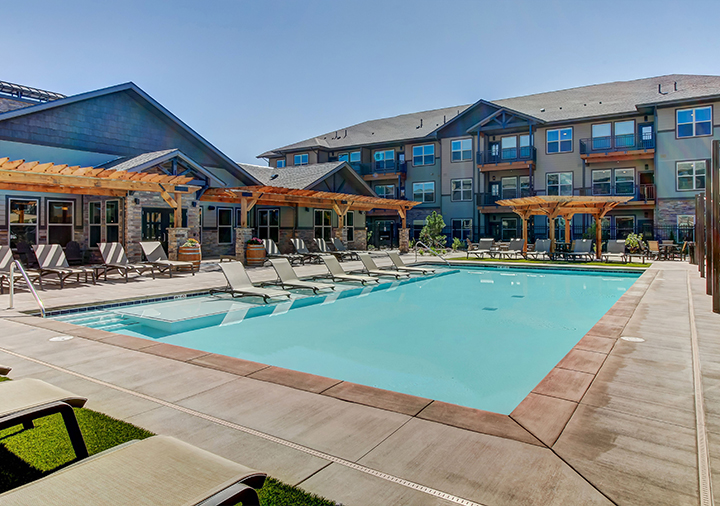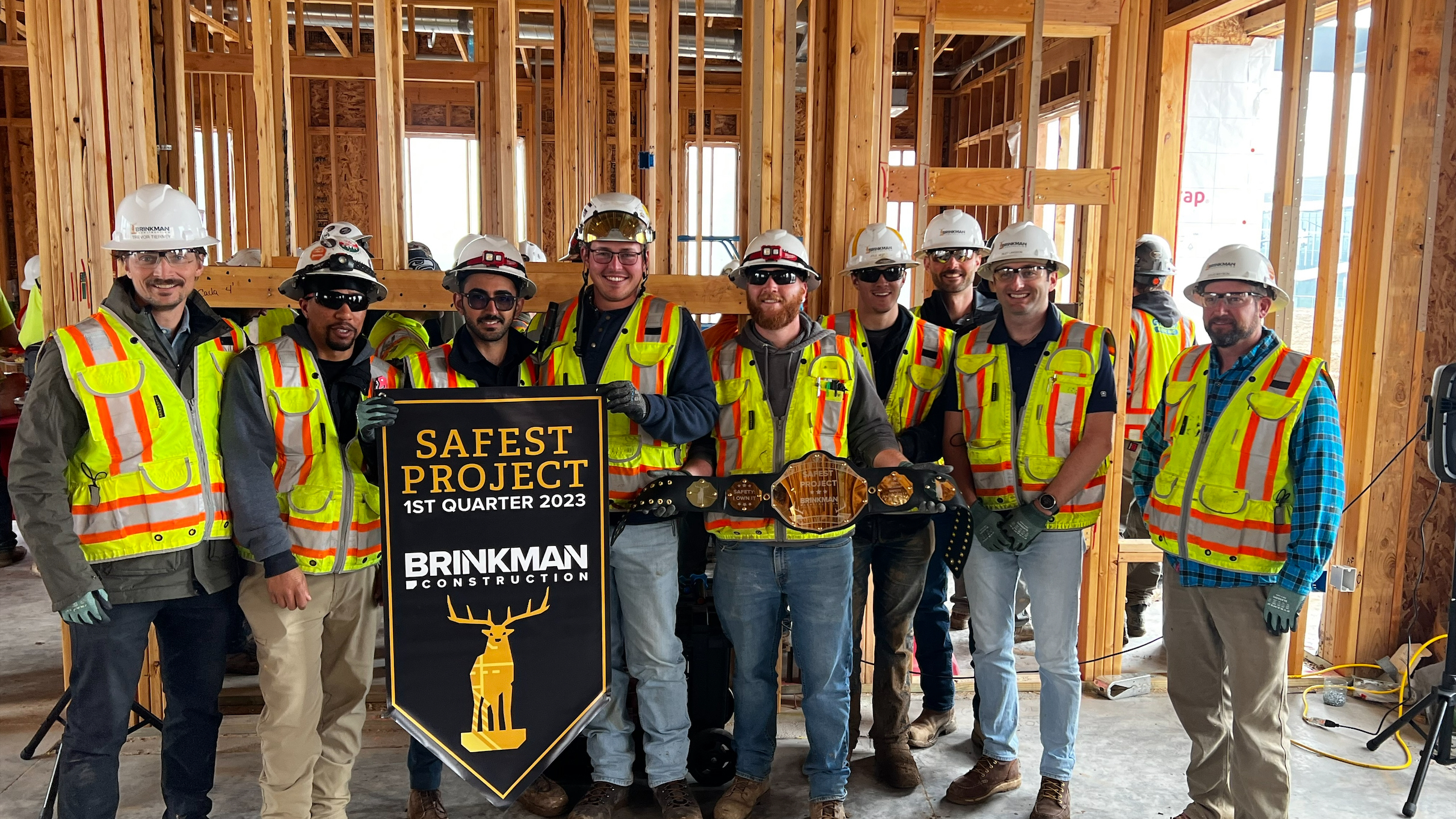In today’s competitive multi-family market, speed to market is critical for developers and contractors. A seemingly small delay can ultimately push a project’s timeline out of the desired leasing season and send everyone back to the drawing board. One of the biggest factors that can derail a project is the necessity for redesign and even though this has tremendous negative impact on the success of a project, we still see this happening time and time again.
The traditional budgeting process is largely reactionary. As a general contractor, more often than not, we’re approached to provide budgeting when design has already progressed. Although this is the norm, we encourage a different approach that doesn’t get the cart too far in front of the horse. Developing budgets earlier on the front end allows owners to communicate their non-negotiables and programming requirements, while getting the most value out of their partnership with the general contractor by drawing on their expertise of the market trends and costs.
Make sure you’re comparing apples to apples
It’s not uncommon for developers to generate the pro forma for a new multi-family community utilizing data that was compiled from a similar project. This typically includes applying past metrics to a new geographic area, different construction type, decreased density, or completely different market audience. In these cases, design decisions have already been made before we’re engaged to provide budgeting services and significant modifications must be made to the program for the project to be financially viable. We’ve partnered with clients to change the size of the units, add density, and modify large amenity programming components in order to bring a project into the right ballpark. These changes can have a significant impact on the overall vision for the project and returns for investors.
 Dive into the details early
Dive into the details early
Although it may sound counter-intuitive, it’s crucial to delve into the details before they’ve even been pulled into the design. In fact, our preferred method is to engage with clients before they even start the design process to talk through the vision for the project. Through a collaborative working session, we aim to understand a client’s expectations, goals, and must-haves. We analyze their target market, target rent rates, and many other data points so we can help them make proactive design decisions. Knowing the owner’s expectations on quality, how they envision the façade, what the site conditions are, what construction type they’re targeting, and even down to the details of their desired window and interior finishes, helps us hone in on a budget they can trust.
We’ve found that this mitigates the likelihood of losing crucial time going back to the drawing board. For some developers, big design changes trigger changes to the pro forma that then need to be approved by an investment committee before moving forward. The timeline grows exponentially with every decision. This can be minimized if the design is based on the budget that was developed out of the original vision alignment conversation. This also allows the developer to take advantage of and apply the contractor’s knowledge throughout the entire process.
Contractors inform, not control, design
Every project is different and there’s no one-size-fits-all estimate. Our goal is to understand the differentiators of each project so we can complete an intensive budgeting effort that owners can use to inform their design. This process shouldn’t be misunderstood as the contractor controlling the design – it’s quite the opposite. This process allows the owner to collaborate with the architect to achieve their desired design with the most accurate budgeting data available. In contrast, waiting to engage contractors until after drawings have reached a progressed state often results in significant value engineering efforts that can negatively impact the overall vision of the project.





